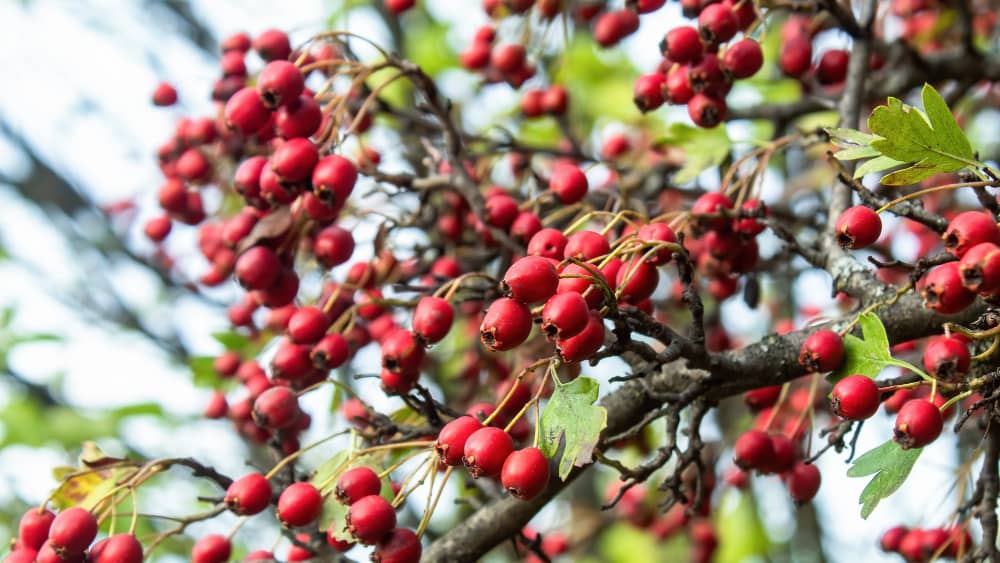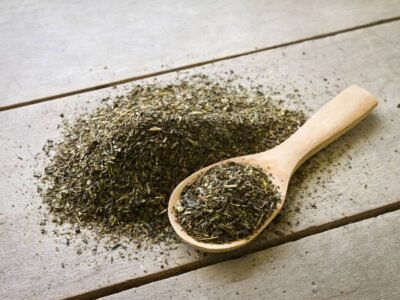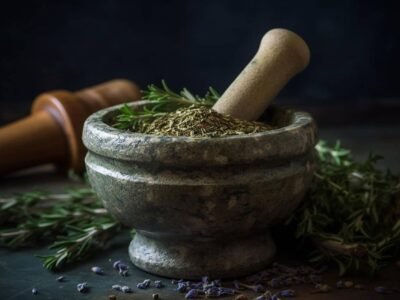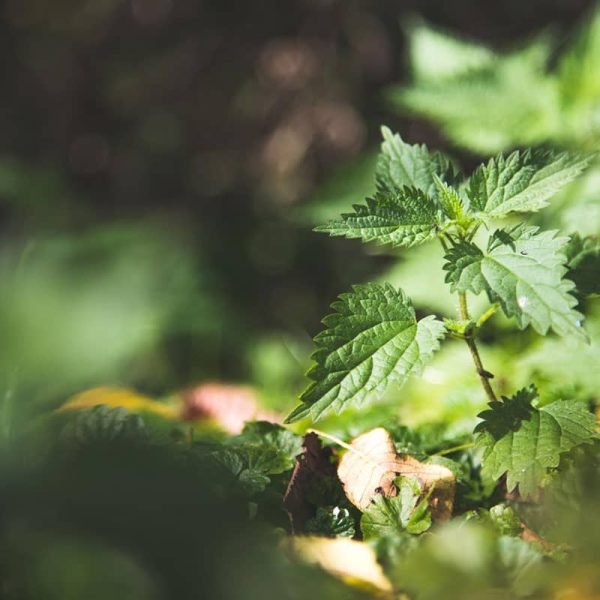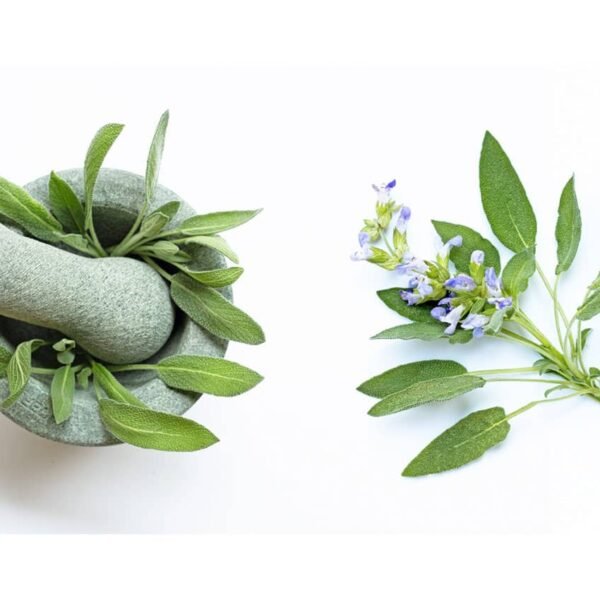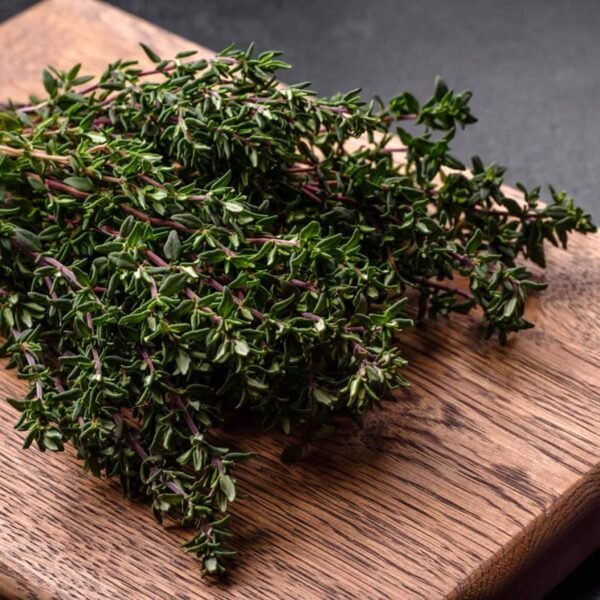
Overview of Spearmint
Hawthorn, also known as Crataegus, is a genus of shrubs and small trees that belong to the rose family. With its vibrant blossoms, glossy foliage, and abundant fruits, hawthorn has long been cherished for its ornamental value.
Native to Europe, Asia, and North America, hawthorns are deciduous plants that typically grow in wooded areas or along hedgerows. They are characterized by their thorny branches and clusters of flowers ranging from white to pink or red.
Health Benefits of Hawthorn
Hawthorn, scientifically known as Crataegus laevigata, is a thorny shrub that belongs to the Rosaceae family. It has been used for centuries in traditional medicine due to its numerous health benefits. Hawthorn is rich in antioxidants such as flavonoids and phenolic compounds, which help protect the body against free radicals and reduce oxidative stress.
One of the significant health benefits of hawthorn is its ability to promote cardiovascular health. This herb has been found to improve blood circulation and lower blood pressure levels by dilating the blood vessels. Additionally, hawthorn may help reduce cholesterol levels and prevent plaque formation in arteries, thereby reducing the risk of heart disease.
Moreover, hawthorn possesses anti-inflammatory properties that can benefit various aspects of health. Research suggests that it may help relieve symptoms associated with digestive issues like indigestion and abdominal pain. Furthermore, hawthorn has been shown to support liver function by enhancing detoxification processes and protecting liver cells from damage caused by toxins.
Traditional Uses of Hawthorn
Hawthorn, a flowering shrub native to Europe, Asia, and North America, has been utilized for centuries in traditional medicine. The plant’s leaves, flowers, and berries are all valued for their medicinal properties. In ancient times, hawthorn was commonly used to treat heart-related ailments such as irregular heartbeat and high blood pressure. It was believed to strengthen the heart muscles and improve circulation.
Furthermore, hawthorn was also employed as a digestive aid due to its ability to stimulate appetite and enhance digestion. It was often used as a remedy for indigestion, stomach pain, and diarrhea. Additionally, hawthorn was revered for its calming effects on the nervous system. It was utilized as a natural sedative to alleviate anxiety and stress-related conditions like insomnia.
Overall, traditional uses of hawthorn demonstrate its versatility in addressing various health concerns ranging from cardiovascular issues to digestive disorders and mental well-being. The rich history of this plant’s utilization highlights its importance in traditional healing practices throughout different cultures worldwide.
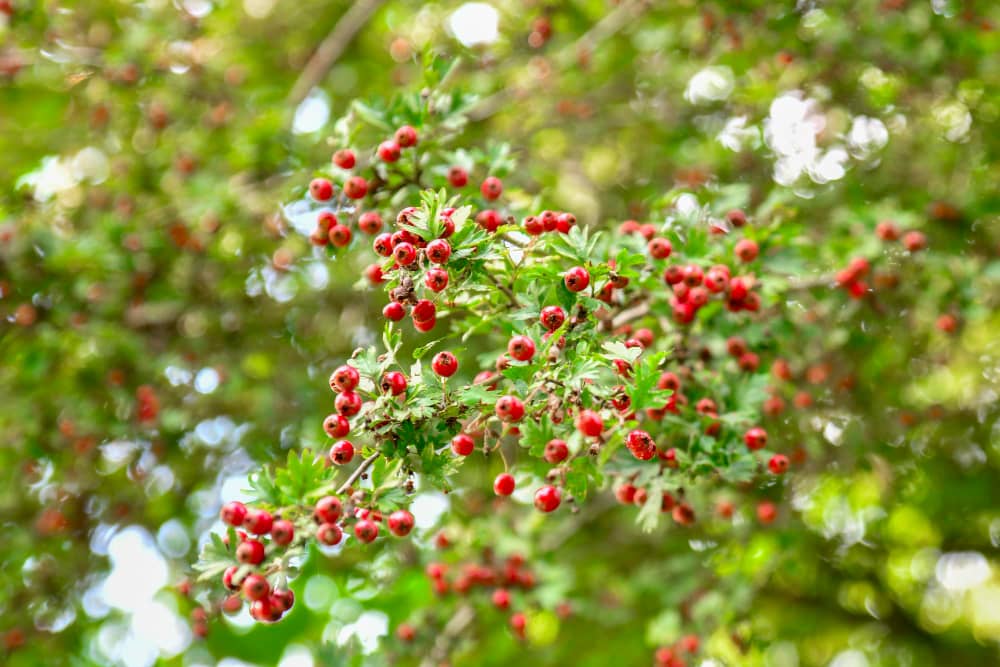
Different Forms of Hawthorn
Hawthorn, also known as Crataegus, is a genus of flowering plants in the family Rosaceae. There are hundreds of species of hawthorn, each with its own unique characteristics and uses. Some common forms of hawthorn include the Chinese hawthorn (Crataegus pinnatifida), English hawthorn (Crataegus laevigata), and the Washington hawthorn (Crataegus phaenopyrum).
Chinese hawthorn is native to China and has been widely cultivated for its edible fruits. The fruits are small and round, usually bright red or yellow when ripe. They have a tart taste and are commonly used in traditional Chinese medicine for digestive issues like indigestion and diarrhea. In addition to its medicinal properties, Chinese hawthorn is also used in culinary dishes such as jams, jellies, and wines.
English hawthorn is a deciduous tree that is native to Europe but has been naturalized in many parts of North America. It produces clusters of white or pink flowers in late spring or early summer, followed by small red berries called “haws” that ripen in the fall.
This particular form of Hawthorne is often planted as an ornamental tree due to its beautiful flowers and attractive fruit display. Moreover, it has historically been associated with folklore and symbolism related to love and protection against evil spirits.
The History of Hawthorn
Hawthorn, a suburb located in the inner-east of Melbourne, Australia, has a rich and fascinating history. Originally inhabited by the Wurundjeri people for thousands of years, Hawthorn’s European settlement began in the 1830s when James Denham introduced farming to the area. The construction of Victoria Road in 1842 further encouraged development and led to an influx of wealthy residents.
By the late 19th century, Hawthorn had transformed into an affluent residential suburb with grand houses and extensive gardens. Establishing prestigious private schools like Scotch College and Methodist Ladies’ College further enhanced its reputation. In addition to its residential growth, Hawthorn also became home to various industries such as manufacturing and brickmaking.
The early 20th century brought significant changes to Hawthorn as tram lines were extended into the area, improving transportation links with nearby suburbs. This development paved the way for more urbanization and commercial growth within Hawthorn.
Today, while maintaining its distinctive charm with beautiful period homes and leafy streets, Hawthorn has evolved into a vibrant hub filled with trendy cafes, boutique shops, parks, and cultural institutions – seamlessly blending its rich history with modernity.

Tips for Incorporating Hawthorn into Your Diet
Hawthorn is a small, flowering tree native to Europe, North America, and Asia. It has been used for centuries in traditional medicine for its numerous health benefits. The hawthorn plant’s berries, flowers, and leaves are all edible and can be incorporated into your diet in various ways.
One simple way to add hawthorn to your diet is by brewing it into a tea. You can either use fresh or dried hawthorn berries, flowers, or leaves to make a flavorful tea that can be enjoyed hot or cold. Additionally, you can infuse hawthorn into other herbal teas to enhance their taste and nutritional value.
Another way to incorporate hawthorn into your diet is by adding it as a topping or ingredient in various dishes. You can sprinkle dried hawthorn berries on top of salads or include them in trail mix for a tangy flavor. Furthermore, you can use fresh or dried hawthorn flowers as a garnish for cakes and desserts or blend them into smoothies for extra nutrition.
Overall, incorporating hawthorn into your diet is an excellent way to reap its many health benefits while enjoying its unique taste profile. Whether through teas, toppings, or dish ingredients, this versatile plant adds flavor and nutrition to your meals.
Potential Side Effects of Hawthorn
Hawthorn is a popular herbal supplement used for centuries due to its potential health benefits. However, like any other medication or supplement, hawthorn may also have potential side effects. One of the most common side effects users report is gastrointestinal discomfort, including symptoms such as nausea, stomach pain, and diarrhea. These digestive issues are usually mild and temporary but can bother some individuals.
In addition to gastrointestinal problems, hawthorn may also interact with certain medications. It has been found to have a blood-thinning effect and may increase the risk of bleeding when combined with anticoagulant drugs like warfarin or aspirin. Therefore, it is important for individuals taking these medications to consult their healthcare provider before starting hawthorn supplementation.
Moreover, while rare, allergic reactions to hawthorn have also been reported. Some people may experience symptoms such as skin rash, itching, swelling of the face or throat, and difficulty breathing after consuming hawthorn products. If any signs of an allergic reaction occur after taking hawthorn supplements, immediate medical attention should be sought.
While Hawthorn is generally considered safe when taken in appropriate doses by healthy individuals, it is crucial to be aware of these potential side effects and consult with a healthcare professional if you have any concerns or pre-existing conditions that could be affected by its use.
Conclusion

